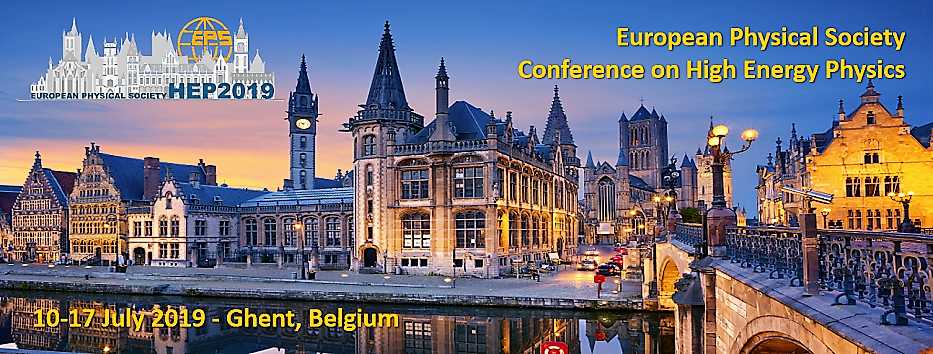Speaker
Description
We present a model with which we predict the cross sections for exclusive and dissociative photo and electroproduction of light and heavy vector mesons off protons; the model describes correctly available experimental data. The model is based on the color-dipole approach and incorporates geometric fluctuations of the target-proton partonic structure. The fluctuations are generated as randomly placed areas of high gluonic density, so-called hot spots, in the proton impact-parameter plane, with the number of hot spots being energy-dependent. A striking feature of the model is the prediction of a maximum of the dissociative cross section as a function of the centre-of-mass energy W_{\gammap}, followed by a steep decrease as the hot spots start to overlap with increasing energy. We use these maxima to define a geometrical saturation scale and find that it grows linearly with energy as a function of the scale of the process. This phenomenon can be studied at the proposed electron-ion colliders, JLEIC, eRHIC, and LHeC. We present a comparison of their envisioned kinematic reach with the geometrical saturation scale.
